VW Golf Mk1 Cabriolet Buying Guide
The sun is shining so it must be time to go topless, and what better car to do it in than an early convertible Golf? Here is our VW Golf Mk1 Cabriolet buying guide to help you get your fair share of Vitamin D, whilst driving a classic hot hatch.
Bargain retro motoring
Wind through the hair retro VW motoring doesn’t get any better than in a roofless Golf Mk1, and because the convertible continued long after the original hatchback production finished you can get yourself a newer model with the same classic charm. Moreover, completely illogically, prices for the convertible are generally much lower than the tin-top version, so there’s the opportunity of picking up a bit of a bargain at the same time!

Model range
Making its debut at the Geneva Motor Show in 1979, the soft top Golf was offered in most countries as the GLi with a 1588cc GTi engine and stiffer suspension, alongside the GLS which had the 70bhp 1457cc unit. The GLi convertible was upgraded with the 1.8 GTi engine in 1982 and the smaller petrol lump was replaced by the 1595cc carburettor unit in 1983. The dash was refashioned in 1981 to include a lockable glovebox and centre console, while better sports seats became standard from 1983. By 1985, the GTi nomenclature was adopted, and the 1.6 GL was offered with automatic and 4+E gearbox options.


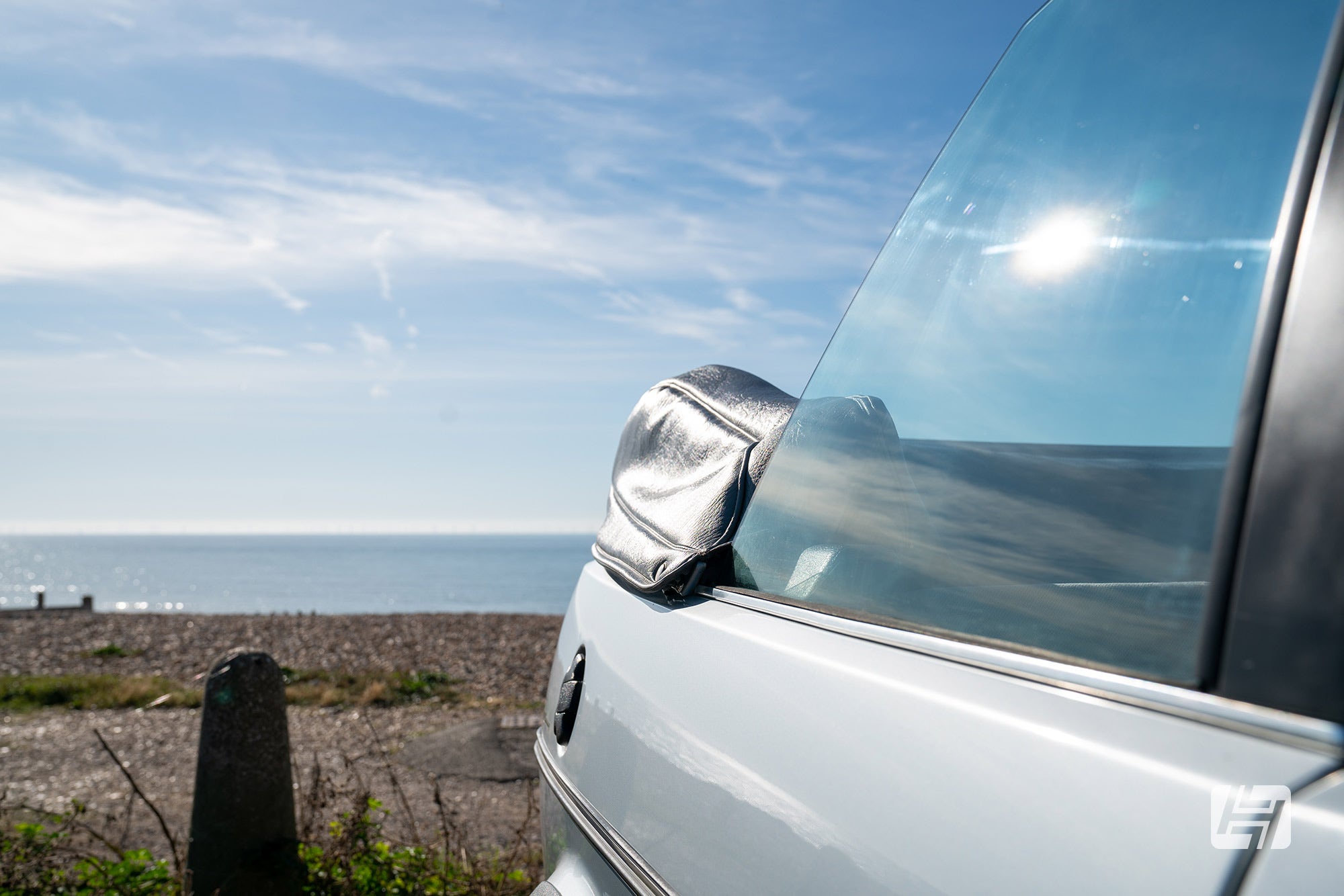

Not a Mk2 Golf Cabriolet...
Of course, the Mk2 Golf replaced the Mk1 in 1984, but the cabriolet version kept the beautifully retro lines of the classic original Golf for much longer. However, in 1988 there was an attempt at modernisation when moulded bumpers, integrated front and rear spoilers and sill and wheel arch extensions were added.

64 different colour combos
Spec levels were improved in 1990 and for the first time, a hydraulically operated power hood became an option on GTI models. Special colour coded ‘All White’ and ‘All Black’ models proved particularly popular. The all-blue CC model with its blue hood and blue trim was also a hit – so much so that VW introduced its own Quartet range which meant that you could colour mix and match to your heart’s content with 64 different permutations.

Sportline and Rivage
From 1991, the Sportline with its Recaro sports seats and the 'posh' Rivage with its Classic Blue paint, Mauritius Blue cloth interior and Indigo Blue hood came along. The Rivage Leather, you guessed it, featured beige leather seats and was available in Classic Green Pearl metallic. The last 'classic' looking convertible was replaced by the bigger, Golf Mk3 Cabriolet in 1993.
Behind the wheel
Despite weighing roughly 100kg more than its tin-top equivalent, both the 1.6 and 1.8-litre Mk1s are swift enough, though the extra weight impacts on handling. Expect a bit more body roll if you take a tight corner too aggressively, but with the added rigidity of sill strengtheners, roll-over hoop and integral rear strut brace it’s not as bad as other topless models. Unless you are very fortunate all Mk1 Cabriolet models came with 'manual steering' rather than PAS. If fitted, the vehicle is quite likely to have an automatic gearbox. This shouldn't cause you any issues out on the road, but parking around town can be a little heavy in comparison to a modern vehicle.
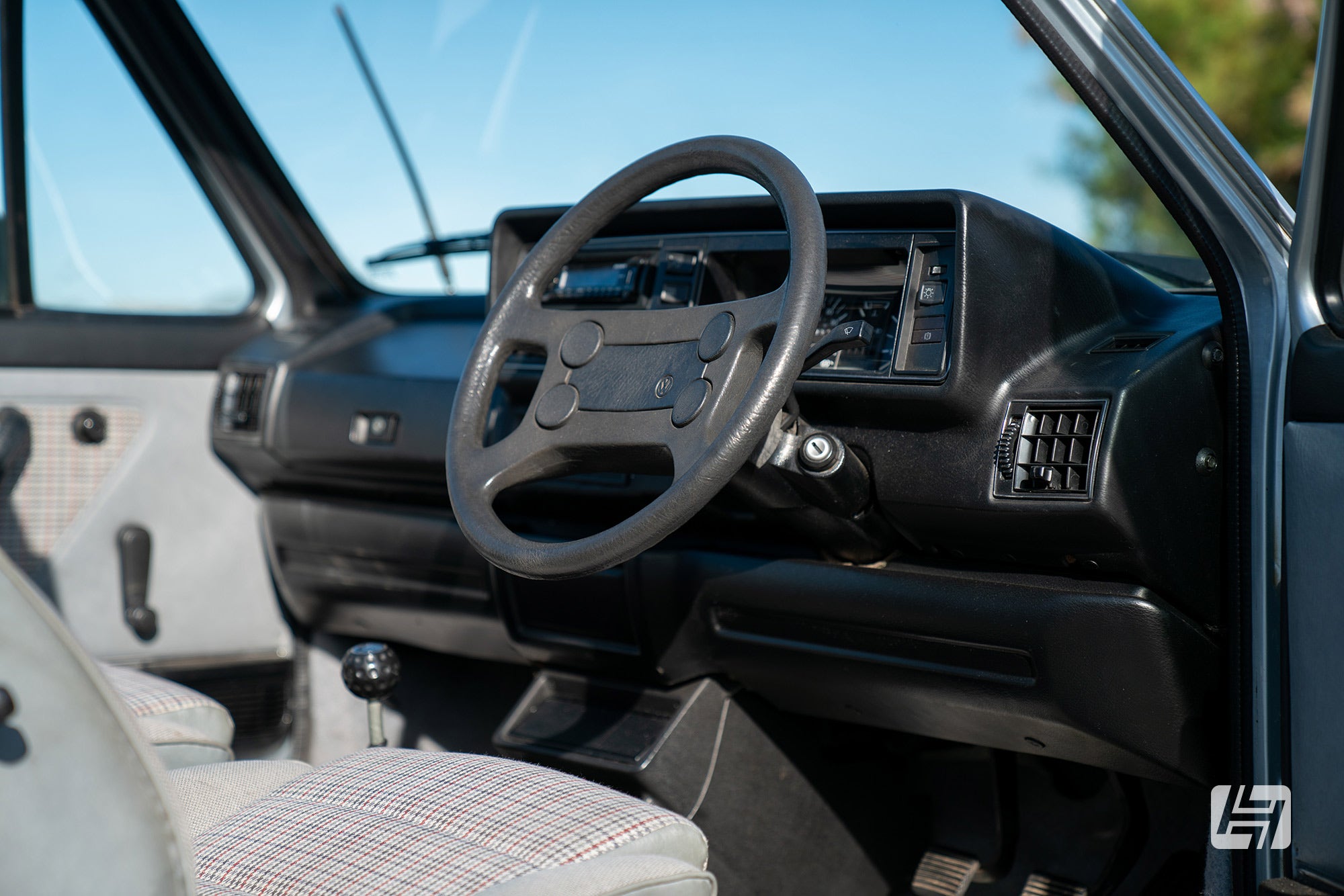
Under the bonnet
Mk1 Golf Cabriolets are exactly the same as the Mk1 hatchbacks under the bonnet, so you’re looking for the same potential problems, as well as proof that it’s been regularly serviced. Oil and filter changes should have been carried out every 5000 miles and a cambelt change every 40,000 miles or four years (whichever comes first). All being well when you come to start the engine you won’t see blue haze coming out of the tailpipe either – a sure-fire sign that the valve guide seals will need replacing. These cars should only continue to smoke in exceptional cases as this implies the bores have worn. Gearboxes are typically robust but you may need to sort the linkages if things are stiff. A crunching synchromesh in second could lead to a potential rebuild in time, but if the car is a peach don't let that put you off.
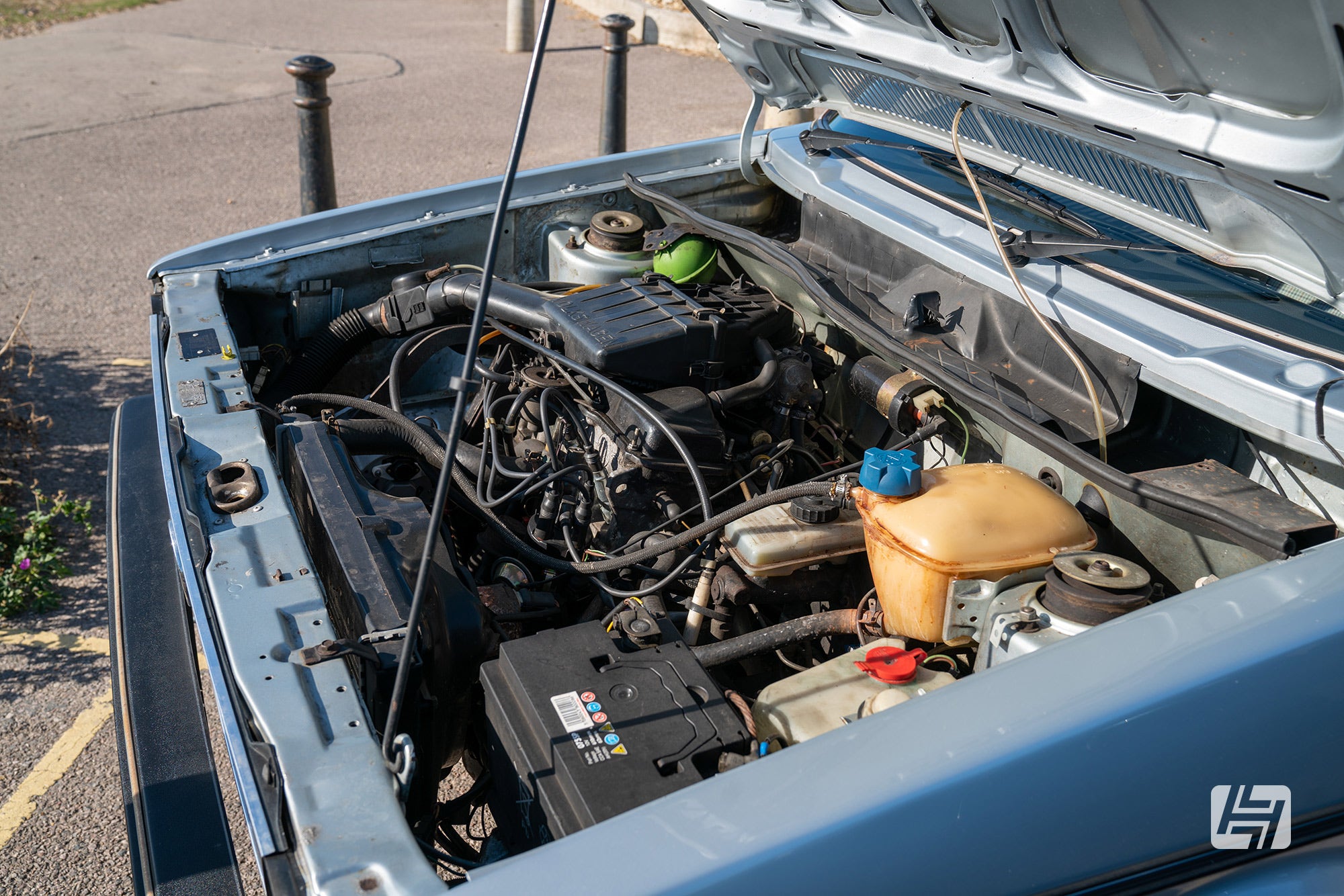
Fuel for thought
It may be that a previous owner has decided to swap the 'problematic' Pierburg carb for a Weber version– or you could carry out a rebuild yourself with this kit. If the vehicle only runs on choke, or stalls at junctions suspect a split in the rubber carburettor flange. On the fuel-injected cabriolets, you’ll need to check for cold start problems and for an even idle. In the case of misfires, check for faulty plugs and HT leads. While out on test make sure you use all the revs to ensure there aren’t any flat spots and that there’s a smooth idle when returning to a standstill.




Running gear
Begin by checking the suspension springs – the extra weight means that a cabriolet’s rear set, in particular, are more likely to snap than those on the hatchback. The same goes for tyre wear at the front, so check your tread depths – it’s a point to haggle over if nothing else. Check the steering rack mounting point is properly secured in place. If it has broken away from the body you’ll be left with a huge amount of left/right play. Other than that, check the oil-filled dampers for leaks and also that the bushes haven’t deteriorated – seen as these cabriolets aren’t exactly known for their handling prowess you’ll really want the suspension to be hitting its full potential.

Bodywork
The hatchbacks and cabriolets are near enough identical when it comes to their mechanicals, but the Karmann-designed bodies differ vastly from the tin-tops. With no roof, extra body strengthening was needed to make up for the loss in rigidity – namely an extra cross member, deeper sills and a rollover hoop. All of which results in extra weight. With Mk1 cabriolets start by inspecting the sills; if there are holes, then it’s usually a lot worse in a lot of other places too. You can replace them, but it’s worth noting that they are different in profile to the tin-top, so will need modification. Rear panels and tailgates are cabriolet-specific, making them more expensive to source – another reason for trying to find a good shell.
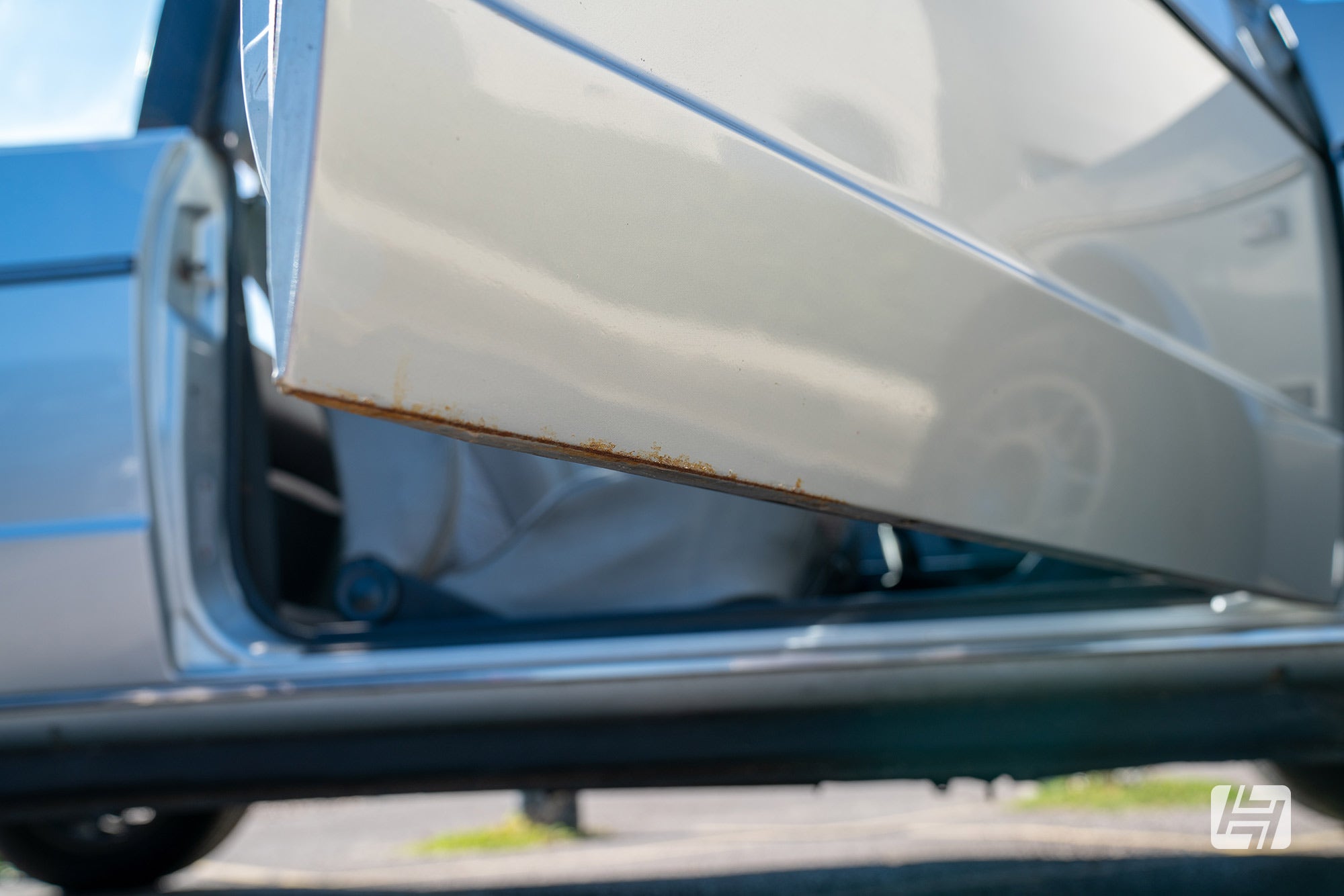
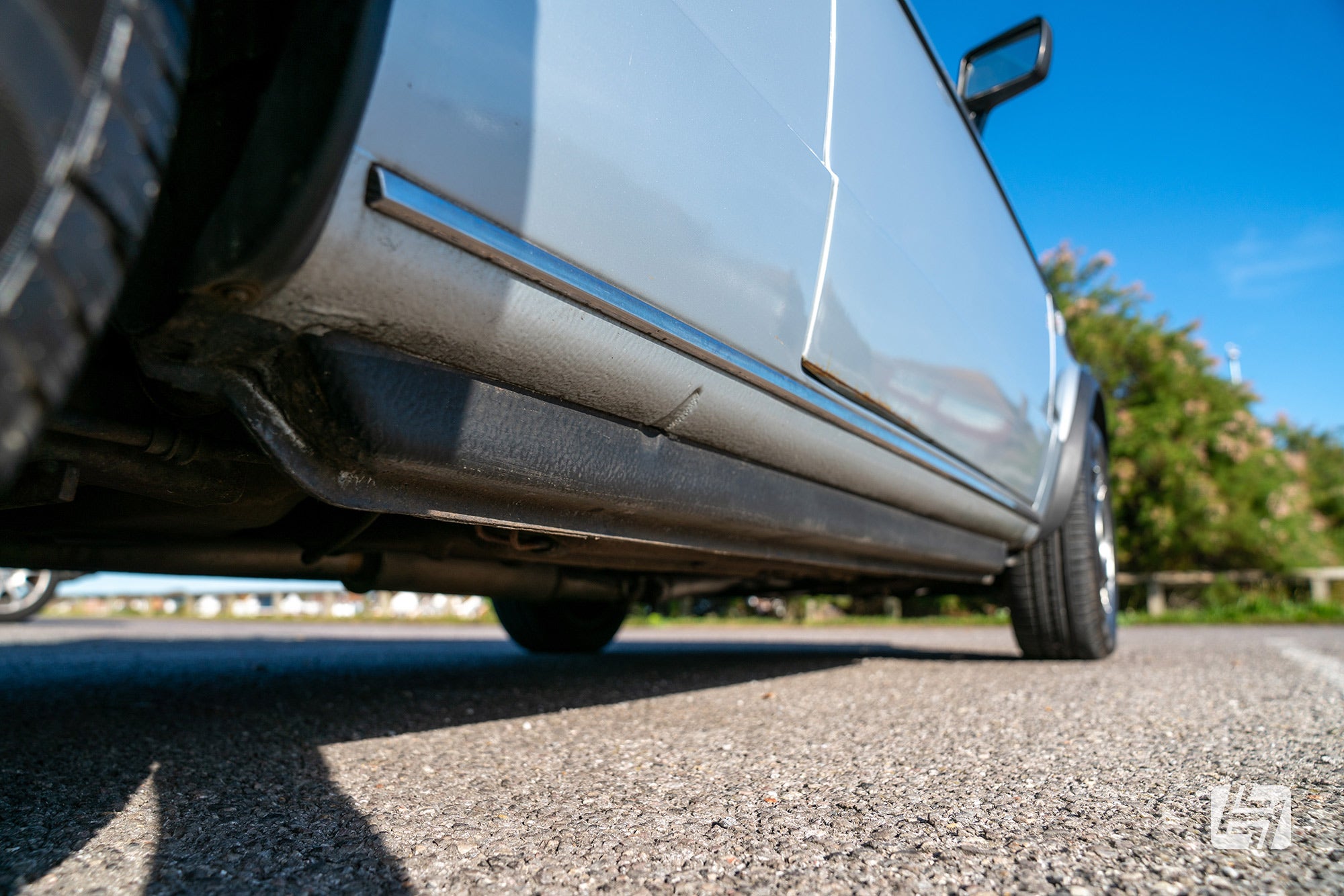
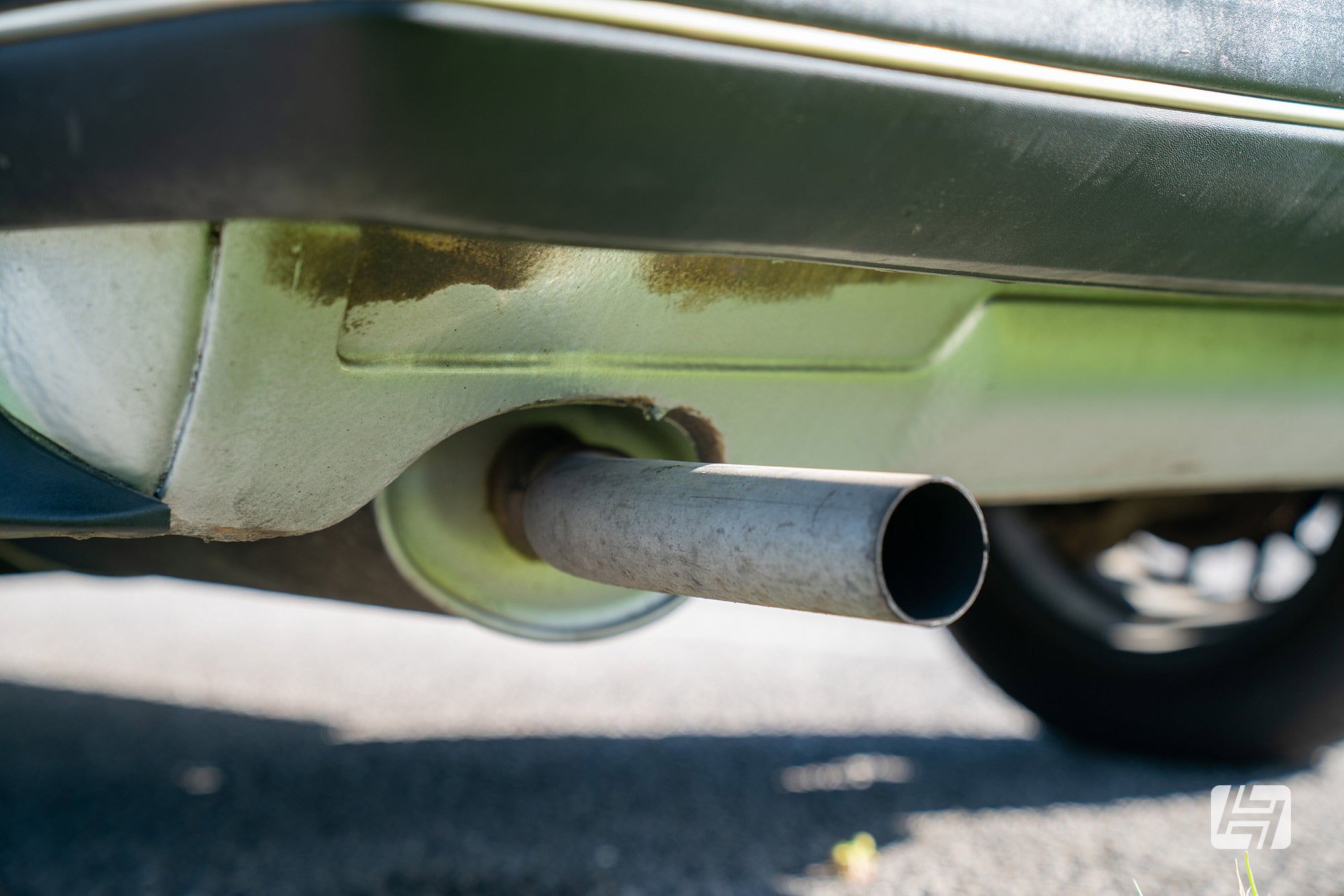

On post-‘87 models (including the special edition Sportline and Rivage) the sills are covered by side skirts (sometimes referred to as the Clipper kit) and so any rot here will be hidden. Other places you’ll need to check are those that differ from the hatchback. This includes the beam that’s fitted between the rear turrets, the rear of the side windows where the hood folds down, and the inner wings – these come with extra body strengthening. The underside differs slightly too: the fuel tank and the spare wheel for example.
Hood matters
The hood is a thing of engineering beauty, but you need to check it carefully for fit and condition – you’re looking for any cracks, rips, discolourations and missing or worn rubbers, which could result in leaks. If inside there are damp carpets this is definitely a bad sign. But if when you lift these and find heavily-corroded floorplans, the wisest move may simply be to walk away. The condition of the rear window frame is equally important. If it hasn’t already been replaced it will most likely have corroded by now – yellow-ish stains on the parcel shelf are a tell-tale sign. Ideally, a rotten frame should be replaced before a new roof skin is fitted as it’s a difficult job to do properly retrospectively. If the hood appears to bow or lift in the middle then it’s usually the side tension cables that have snapped, but it’s an easy fix. You should also check for lumpiness. This means that the horsehair pad between the outer skin and the frame has deteriorated. It’s there as insulation and soundproofing, however, there are specialists who can repair it.


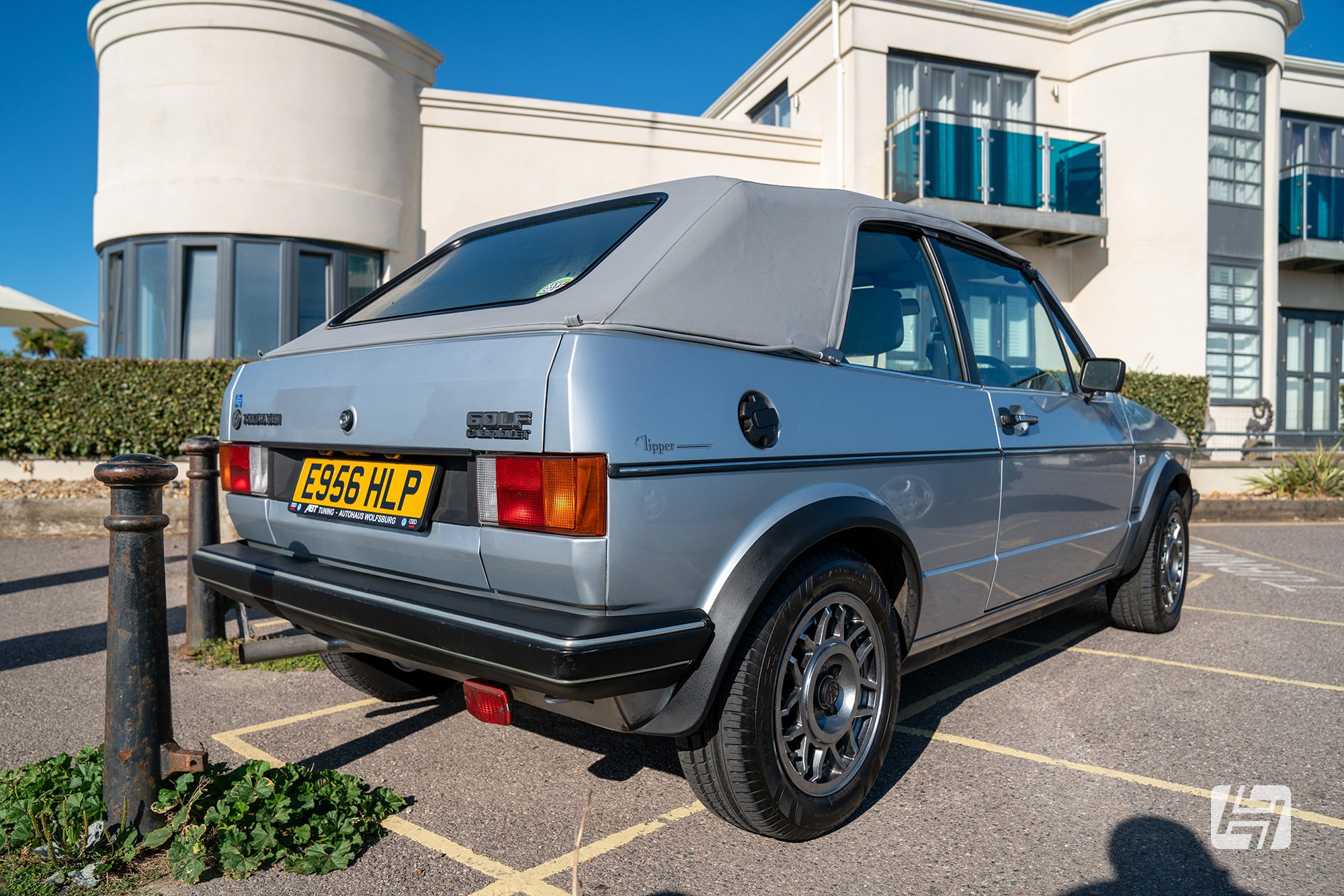

Post-1990 GTI cabriolets will have an electrically-assisted hood so check it works okay. The pumps are generally very reliable, but they do fail from time to time. When they do they can cost up to £1200 new through Volkswagen. Thankfully, secondhand reconditioned units are also available. The hydraulic rams can also leak, but this is something that’s down to wear and tear rather than a specific fault. Don’t forget to check the pump reservoir for leaks either.
Inside job
There shouldn’t be too many nightmares inside a Mk1 Cabriolet as VW cabins from this era are generally sparse but very hard-wearing. But even if you do come across a dog-eared example (and still fancy its restoration prospects) pretty much all the trim you’ll need is available in some form or another.

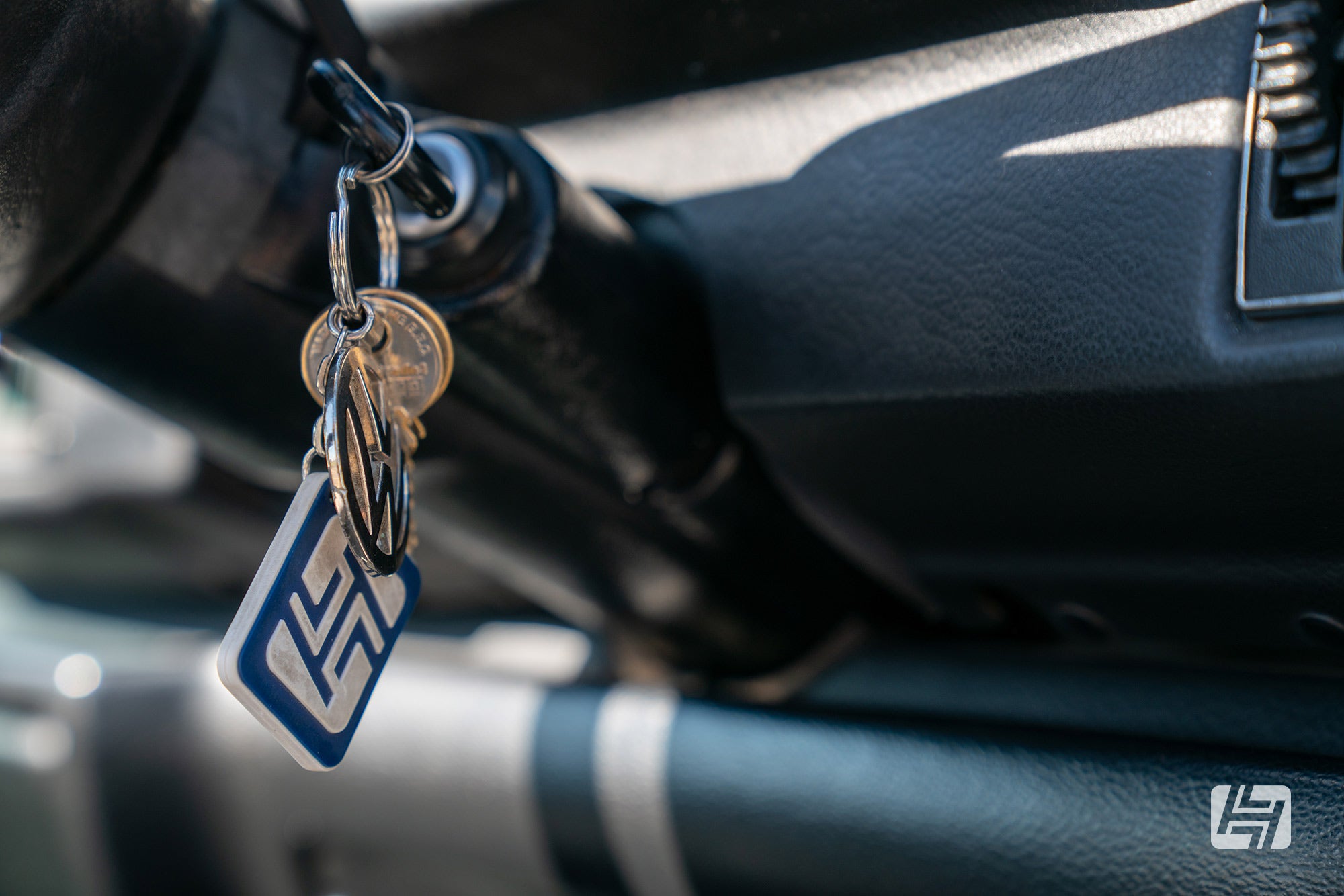
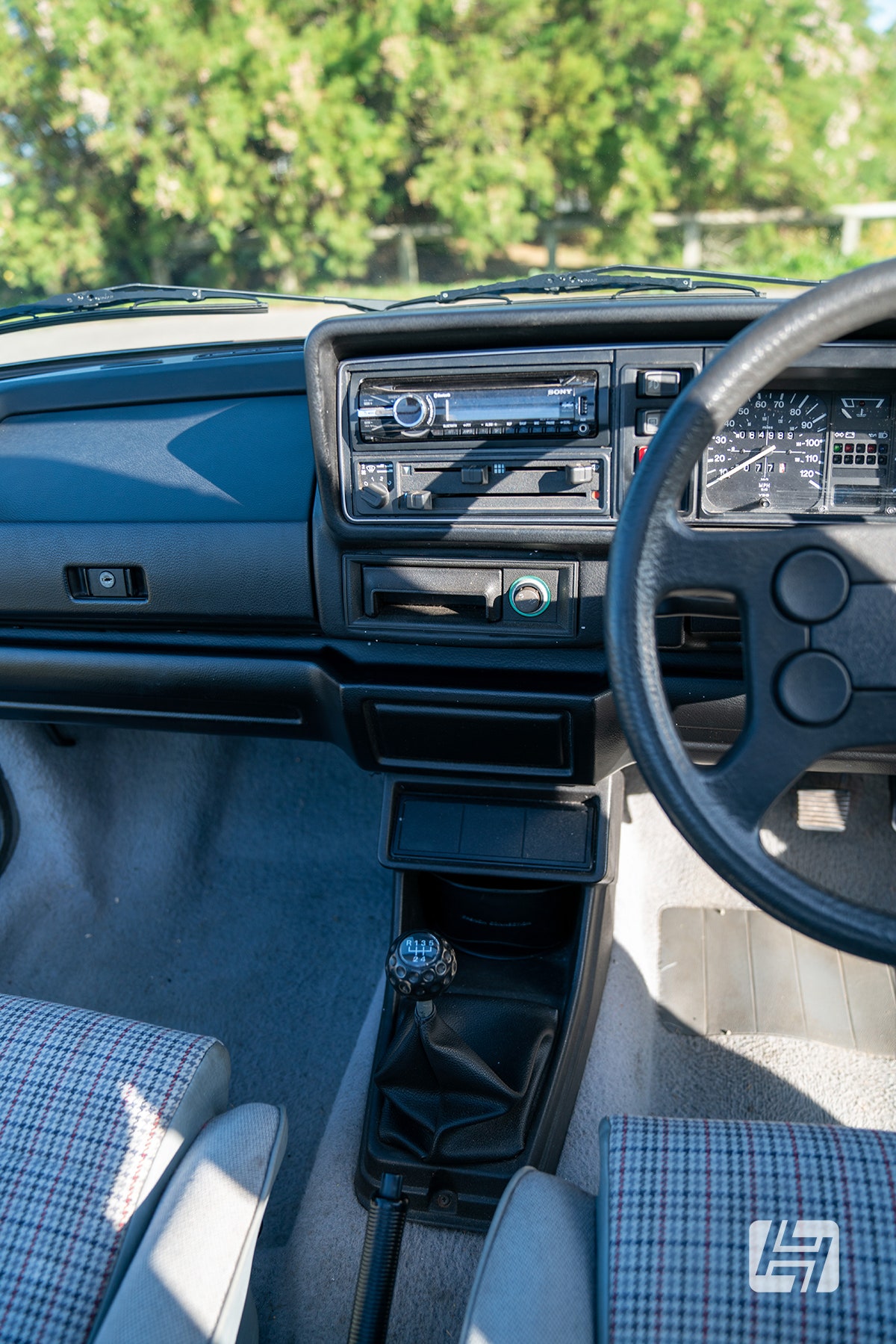


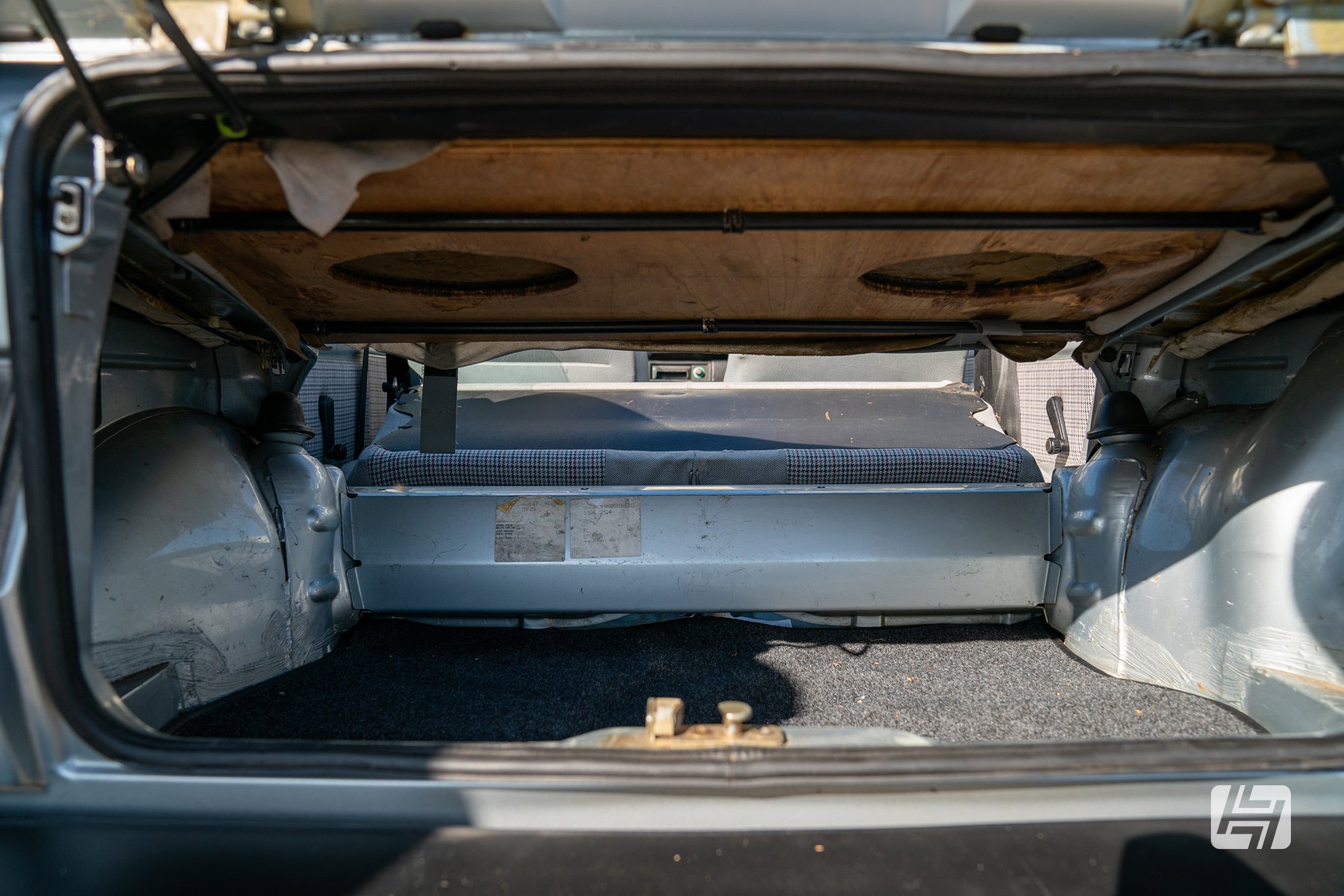
Don’t forget to make sure everything works – we’re talking about items such as the central locking and immobiliser and the electric windows (if fitted) – broken wiring in the driver’s side door could be the reason behind these not working - it's not uncommon for the wiring to become brittle with age and cause things not to work.
What to pay
We’ve been leaving the best bit until last because we still uphold that the early Golf Cabriolet is undervalued. They tend to have been spared a life of being thrashed about or modified too heavily, giving you more original, unmolested examples to choose from. At the bargain basement end of the market (depending on the season as prices slump in winter), around £1500-2000 will get you something with an MoT that needs fettling. That might mean a new hood, refreshed suspension and a few other bits – but because Golf Mk1 parts are readily available here, you can do it all yourself for not much money.

As little as £2500-£4000 will be all that’s needed for a rather nice late-eighties/early-nineties Clipper or GTI Cabriolet, which shouldn’t need too much doing to it. The special editions will cost a little more and you will pay a premium for something like a Rivage or a Sportline. £10k should see you drive away in a potential show winner, with stacks of history and a favourable odometer reading. Happy hunting. Ian For further reading take a look through our Mk1 Golf buying guide here.




 Beetle
Beetle
 T2 Bay
T2 Bay
 T2 Split
T2 Split
 T25
T25
 Transporter T4
Transporter T4
 Transporter T5
Transporter T5
 Golf Mk1
Golf Mk1
 Golf Mk2
Golf Mk2


 911
911
 996
996
 997
997
 986 Boxster
986 Boxster
 987 Boxster
987 Boxster
 912
912
 944
944
 924
924


 Defender
Defender
 Discovery Series 1
Discovery Series 1
 Discovery 2
Discovery 2
 Series 1, 2 & 3
Series 1, 2 & 3
 Freelander
Freelander
 Freelander 2
Freelander 2




